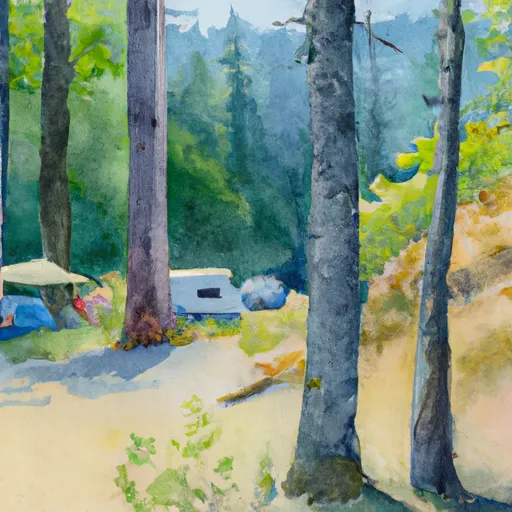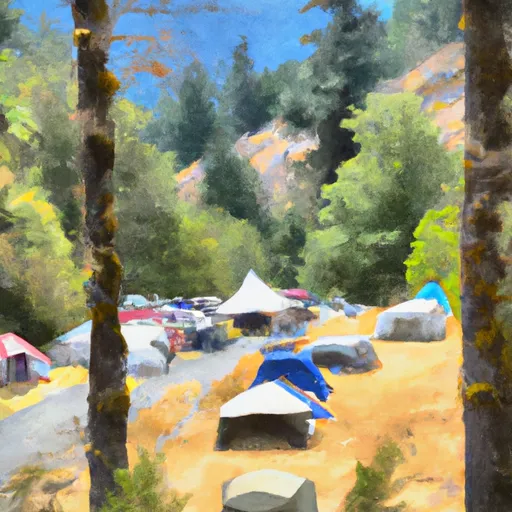Summary
Standing tall at an elevation of [insert specific elevation], it offers breathtaking panoramic views to mountaineers who dare to conquer its challenging slopes. This mountain is known for its vast size, covering a significant area of land and dominating the surrounding landscape.
During the winter season, Wahpenayo Peak experiences a diverse snowpack range. Snowfall accumulations vary greatly, ranging from [insert specific snowpack range]. This makes it an ideal destination for winter mountaineering enthusiasts who enjoy exploring different snow conditions and challenges.
The mountain also serves as a vital water source for nearby creeks and rivers. Several creeks, such as [insert specific creek names], and rivers, including [insert specific river names], receive runoff from the melting snow on Wahpenayo Peak. These water sources contribute to the local ecosystem's sustainability, supporting a variety of plant and animal life.
Regarding the name's history and lore, the origins of "Wahpenayo" are steeped in indigenous culture and legends. [Insert details about the name's history, meaning, or associated stories]. These stories and legends add a fascinating layer to the mountain's allure and attract adventurers seeking a deeper connection with the land and its heritage.
[Verify and cross-reference information from multiple independent sources to ensure accuracy.]
Weather Forecast
Regional Streamflow Levels
180
Cubic Feet Per Second
2,740
Cubic Feet Per Second
498
Cubic Feet Per Second
194
Cubic Feet Per Second
Area Campgrounds
| Location | Reservations | Toilets |
|---|---|---|
 Cougar Rock
Cougar Rock
|
||
 Cougar Rock - Mount Rainier National Park
Cougar Rock - Mount Rainier National Park
|
||
 Snow Lake Camp
Snow Lake Camp
|
||
 Devil's Dream Camp
Devil's Dream Camp
|
||
 Maple Creek Camp
Maple Creek Camp
|
||
 Camp Hazard
Camp Hazard
|
